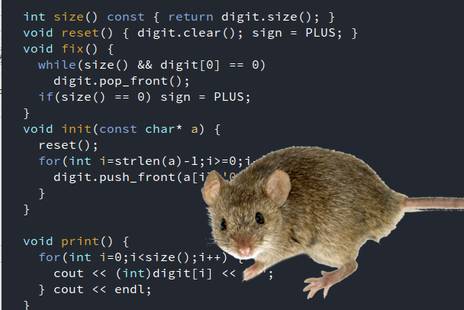Second Round over

For the theoretical part, 25 participants traveled to ETH Zurich and stood up to the challenge we prepared for them. They had 4 hours to solve three algorithmic tasks on paper. The goal was to invent a correct algorithm, which is as efficient as possible. The correctness stands above all, thus a good solution also gives a proof or strong arguments for the correctness.
The weekend after, one had to take the step from theory to practice. In a 5 hour contest, the participants had to solve 4 programming tasks from their homes. As always, the tasks were of an algorithmic nature and writing the code itself is usually the easier part than finding a correct algorithm. A participant was free to choose one of the languages C, C++ or Pascal (even though nobody preferred the last one). The submissions are judged automatically, which is to say that we prepared input/output cases for every problem and tested the submissions against it. Usually there is no feedback as to how many points the just submitted program scored, we enabled the full feedback mode for one problem, nonetheless. It was also this task (handangle), which was solved the most.
From the scores it seems that the tasks were quite difficult. A great deal of the participants finished with 100 out of 400 points or less. We, indeed, expected the tasks to be quite a challenge, thought, however, that more people would come close to the 200 points (by solving task super mouse, for example).
For the qualification of the SOI 2010 finals, we will combine the results of the practical and the theoretical part evenly and decide the top 12 participants of the second round, who are going to be eligible for the finals.
The results of the practical part are already available here: Results 2P(pdf)
Moreover this graph shows the number of points vs. the time. Graph 2P(eps)
We are still correcting the submissions of the theoretical part.